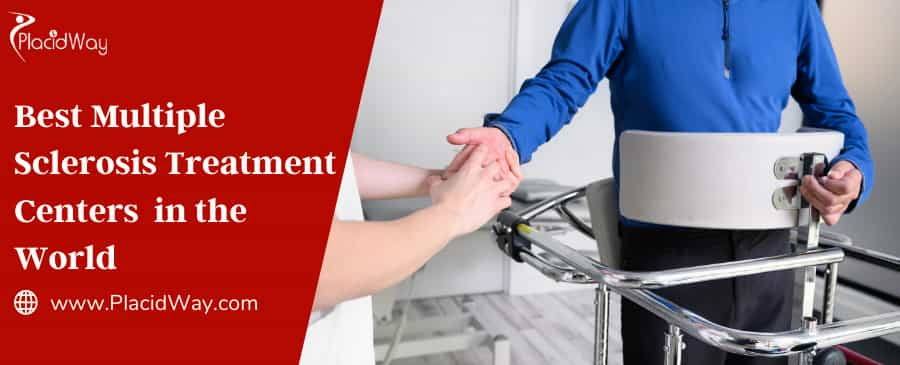
Multiple Sclerosis (MS) is a chronic, often debilitating disease that attacks the central nervous system (brain, spinal cord, and optic nerves). While there is currently no cure, advancements in medical science, particularly in the field of stem cell therapy, offer significant hope for managing symptoms and potentially slowing disease progression. Medical tourism destinations like Mexico, Thailand, and Slovakia are becoming popular choices for patients seeking cutting-edge MS treatments at more affordable costs.
Key Takeaways
-
Stem cell therapy for MS offers promising results, with many patients reporting significant improvements in symptoms and quality of life.
-
Autologous Hematopoietic Stem Cell Transplantation (aHSCT) is the most established stem cell therapy for MS, often showing positive outcomes, especially for highly active relapsing-remitting MS (RRMS).
-
Mesenchymal Stem Cell (MSC) therapy is also being explored, with early studies suggesting potential for immune modulation and nerve repair, though more research is ongoing.
-
The cost of stem cell therapy for MS varies significantly by country and clinic.
-
Mexico: ~$7,000 - $25,000+
-
Thailand: ~$10,000 - $30,000+
-
Slovakia: ~$15,000 - $35,000+
-
Bulgaria: ~$12,000 - $28,000+
-
Colombia: ~$8,000 - $20,000+
-
USA: Can range from $50,000 to over $100,000, depending on the type of therapy and hospital.
-
Best Multiple Sclerosis Treatment Centers in the World
Patients often seek MS treatments abroad for advanced therapies not readily available or affordable in their home countries, or for more personalized care.
The following clinics are recognized for their expertise in stem cell therapy for MS, attracting patients from around the globe:
1. Vega Stem Cell Clinic
– Bangkok, Thailand
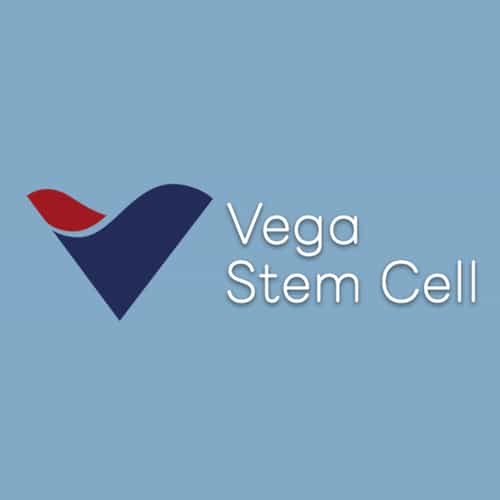
Vega Stem Cell Clinic offers state-of-the-art stem cell treatments for neurodegenerative diseases like Multiple Sclerosis, providing personalized and research-backed regenerative therapies.
Why Choose Vega Stem Cell Clinic?
-
Expertise in treating neurological conditions like MS.
-
Advanced regenerative medicine therapies.
-
Highly recommended by patients for effective care and professional staff.
2. CellCenter – Stem Cell Therapy
– Malacky, Slovakia
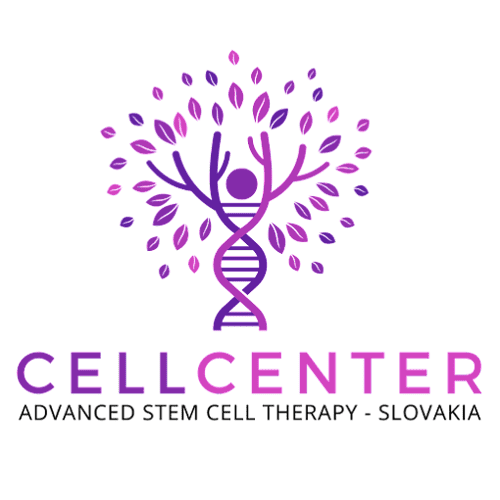
CellCenter is renowned for cutting-edge stem cell therapy for various neurological conditions, including MS, offering a holistic approach to repair and regenerate damaged tissues in the central nervous system.
Why Choose CellCenter?
-
Specializes in neurological and autoimmune diseases.
-
Advanced treatments for MS and other conditions.
-
State-of-the-art technology and personalized patient care.
3. MexStemCells Clinic
– Mexico City, Mexico

With over a decade of experience, MexStemCells Clinic is a leader in stem cell therapy for Multiple Sclerosis in Mexico, utilizing both adult and umbilical stem cell therapies for neurological recovery.
Why Choose MexStemCells?
-
Over a decade of experience in regenerative medicine.
-
Specialized in neurological disorders including MS.
-
Affordable and high-quality care with a global reputation.
4. Phoenix Medical Center
– Plovdiv, Bulgaria
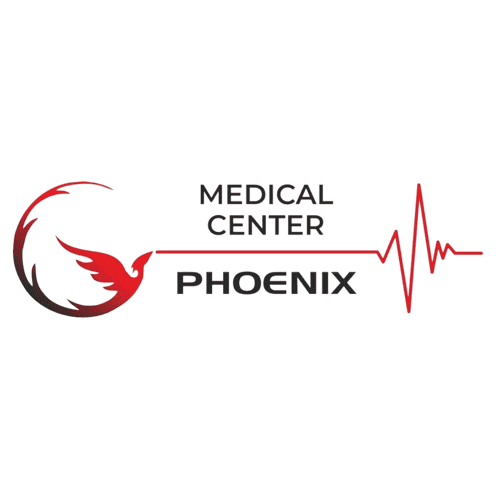
Phoenix Medical Center provides advanced stem cell therapies for neurodegenerative diseases like Multiple Sclerosis in a supportive environment, making it a top choice for patients seeking relief.
Why Choose Phoenix Medical Center?
-
Leading stem cell therapy center in Bulgaria.
-
Expertise in treating neurological, cardiovascular, and autoimmune disorders.
-
High patient satisfaction rates and proven results.
5. Sportmed Centro Medico
– Guadalajara, Mexico
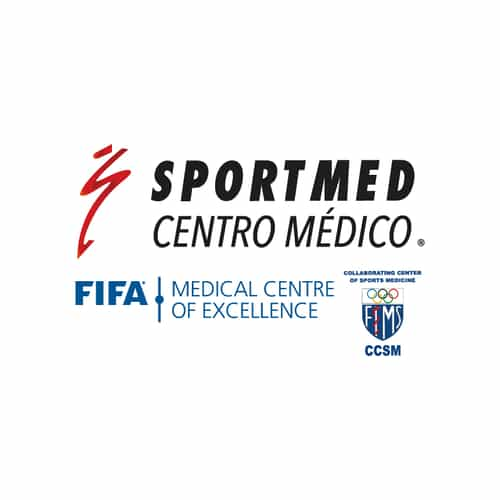
Sportmed Centro Medico combines regenerative medicine with physical rehabilitation for MS, specializing in stem cell therapies for degenerative conditions.
Why Choose Sportmed Centro Medico?
-
Expertise in both sports injuries and MS.
-
Advanced stem cell treatments with excellent recovery protocols.
-
High-quality care for patients traveling for stem cell therapy.
6. Stem Cells Kyron
– Cali, Colombia
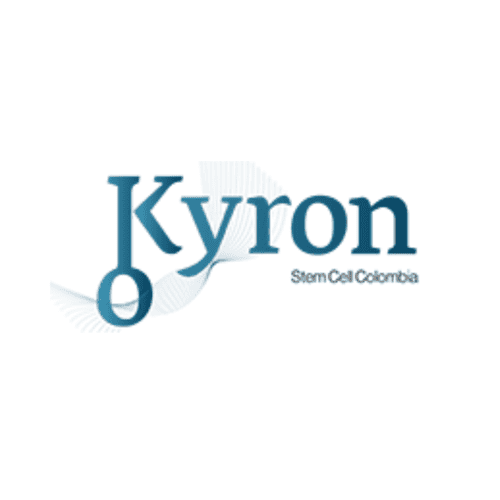
Stem Cells Kyron is a pioneer in MS regenerative medicine in Colombia, offering innovative stem cell therapies for MS to provide relief and potential functional recovery.
Why Choose Stem Cells Kyron?
-
Pioneering treatments for neurological conditions.
-
Provides stem cell therapy for MS, offering potential for significant improvement.
-
Trusted for their high-quality care and patient-centered approach.
7. Stem Health Guadalajara
– Guadalajara, Mexico

With over 10 years of experience, Stem Health Guadalajara is a leading stem cell clinic specializing in mesenchymal stem cells to combat the effects of MS and improve quality of life.
Why Choose Stem Health Guadalajara?
-
Expertise in regenerative therapies for MS and other neurological conditions.
-
Over 10 years of experience in regenerative medicine.
-
Affordable pricing with excellent patient care.
8. Stem Health
– Tijuana, Mexico

Stem Health in Tijuana offers personalized stem cell therapies for neurological disorders like MS, focusing on recovery and disease management with advanced treatments.
Why Choose Stem Health in Tijuana?
-
Specializes in neurological and autoimmune disorders.
-
Personalized care with advanced treatments.
-
Cost-effective solutions for MS patients.
9. VISANI® Stem Cells
– Puebla, Mexico
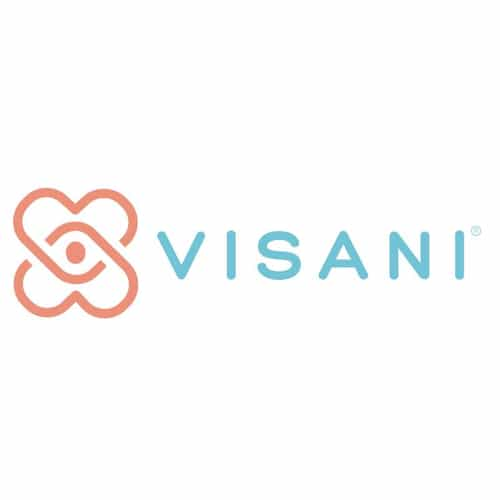
VISANI® Stem Cells is a high-specialty stem cell clinic providing advanced therapies for MS, including stem cell and exosome treatments, for significant potential in improving patient outcomes.
Why Choose VISANI® Stem Cells?
-
Specializes in regenerative medicine for MS and other neurological diseases.
-
High-quality care with personalized treatment plans.
-
Advanced stem cell therapies for long-term recovery.
10. Regenestem Fort Lauderdale
– Fort Lauderdale, USA
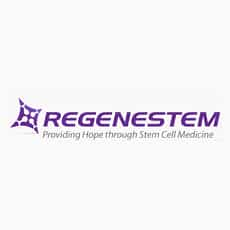
Regenestem Fort Lauderdale is a leading regenerative medicine center specializing in stem cell therapies for Multiple Sclerosis, designed to slow progression and potentially reverse debilitating effects.
Why Choose Regenestem?
-
Specializes in treatments for MS and other neurological conditions.
-
Offers cutting-edge regenerative therapies.
-
Highly experienced staff and high success rates.
Understanding Multiple Sclerosis: Symptoms and Progression
MS is an autoimmune disease where the immune system mistakenly attacks the myelin sheath, the protective covering of nerve fibers in the central nervous system.
Multiple Sclerosis is a complex neurological disorder. The myelin sheath damage disrupts communication between the brain and the rest of the body, leading to a wide range of symptoms. These symptoms can vary widely in type and severity depending on which nerves are affected and the extent of the damage.
Common symptoms include:
-
Fatigue: Often profound and debilitating.
-
Numbness or tingling: Sensations in the limbs, face, or body.
-
Vision problems: Blurred vision, double vision, or pain during eye movement (optic neuritis).
-
Muscle weakness and spasms: Difficulty with movement, balance, and coordination.
-
Balance and coordination issues: Dizziness, vertigo, and ataxia.
-
Bladder and bowel dysfunction: Frequent urination, incontinence, or constipation.
-
Cognitive changes: Problems with memory, concentration, and information processing.
-
Pain: Chronic neuropathic pain or musculoskeletal pain.
The progression of MS typically falls into several patterns:
-
Relapsing-Remitting MS (RRMS): Characterized by distinct attacks (relapses) of new or worsening symptoms, followed by periods of partial or complete recovery (remissions). This is the most common form.
-
Secondary-Progressive MS (SPMS): Follows an initial RRMS course, but symptoms gradually worsen over time, with or without relapses.
-
Primary-Progressive MS (PPMS): Characterized by a gradual, steady worsening of neurological function from the onset, without early relapses or remissions.
-
Progressive-Relapsing MS (PRMS): The least common form, characterized by a steady neurological decline from the onset, with superimposed acute attacks.
Did you know? Approximately 2.8 million people worldwide are living with MS. Women are 2-3 times more likely to develop MS than men.
Traditional vs. Advanced MS Treatments
Traditional MS treatments primarily focus on managing symptoms and slowing disease progression, while advanced therapies like stem cell treatment aim to halt the disease or even promote repair.
Traditional Treatments:
-
Disease-Modifying Therapies (DMTs): These medications aim to reduce the frequency and severity of relapses, slow disability progression, and decrease new lesion formation on MRI scans. They work by modulating the immune system. Examples include interferon beta, glatiramer acetate, and newer oral and infusion therapies like Ocrelizumab, Fingolimod, and Natalizumab.
-
Symptomatic Treatments: These address specific symptoms such as fatigue (e.g., amantadine, modafinil), muscle spasms (e.g., baclofen, tizanidine), pain (e.g., gabapentin, pregabalin), and bladder dysfunction.
-
Rehabilitation Therapies: Physical therapy, occupational therapy, and speech therapy are crucial for maintaining function, improving mobility, and managing daily activities.
Advanced Treatments: Stem Cell Therapy Stem cell therapy for MS is an emerging and highly promising field. It involves using stem cells – unique cells with the ability to develop into many different cell types – to potentially repair damaged tissue, reduce inflammation, and reset the immune system.
Expert Insight: "Stem cell therapy, particularly aHSCT, represents a paradigm shift in how we approach aggressive forms of MS. It's not a cure, but for many, it offers a chance at long-term disease remission and a significant improvement in quality of life, especially when traditional DMTs have failed." - Leading Neurologist specializing in MS
Types of Stem Cell Therapy for MS
While various types of stem cells are being investigated for MS, autologous hematopoietic stem cell transplantation (aHSCT) and mesenchymal stem cell (MSC) therapy are the most widely discussed approaches.
Autologous Hematopoietic Stem Cell Transplantation (aHSCT)
This is the most extensively studied and currently the only stem cell therapy for MS with significant clinical evidence outside of trials.
-
Mechanism: aHSCT aims to "reset" the immune system. It involves collecting a patient's own hematopoietic stem cells (which produce blood and immune cells) from their bone marrow or peripheral blood. The patient then undergoes a course of chemotherapy to eliminate the existing, autoreactive immune cells. Finally, the harvested stem cells are infused back into the patient, allowing a new, healthier immune system to regenerate.
-
Candidacy: Primarily recommended for patients with highly active relapsing-remitting MS who have not responded to conventional disease-modifying therapies. It's less effective for advanced progressive MS without active inflammation.
-
Success Rates: Studies show that aHSCT can significantly reduce relapse rates and slow disability progression. Some trials report up to 73% of patients experiencing no evidence of disease activity (NEDA) after 5 years, and 65% after 10 years, particularly in RRMS.
Mesenchymal Stem Cell (MSC) Therapy
MSCs are adult stem cells found in various tissues, including bone marrow, adipose (fat) tissue, and umbilical cord blood.
-
Mechanism: MSCs are thought to have immunomodulatory and neuroprotective properties. They can secrete factors that reduce inflammation, promote tissue repair, and potentially encourage remyelination. Unlike aHSCT, MSC therapy typically does not require chemotherapy. The cells are usually isolated, expanded in a laboratory, and then infused back into the patient (intravenously or intrathecally).
-
Candidacy: MSC therapy is still largely considered experimental for MS and is often offered in clinical trial settings or at private clinics. It is being explored for various forms of MS, including progressive types.
-
Success Rates: While anecdotal reports and early phase trials show promise, there isn't yet enough robust, large-scale evidence to definitively establish its long-term efficacy and safety for MS. Some meta-analyses suggest that 40.4% of MS patients exhibited improvements following MSC therapy, with 32.8% remaining stable.
Cost of Multiple Sclerosis Stem Cell Treatment
The cost of stem cell therapy for MS can vary significantly based on the type of stem cells used, the number of infusions, the clinic's reputation, and the country where the treatment is performed.
The high cost of traditional Disease-Modifying Therapies (DMTs) and the experimental nature of some stem cell treatments in Western countries often drive patients to seek more affordable options abroad. While prices can fluctuate, here's a general overview:
| Country/Region | Estimated Cost Range (USD) | Notes |
| Mexico | $7,000 - $25,000+ | Often a popular choice due to proximity for North Americans and competitive pricing. Many clinics specialize in MSC therapy. |
| Thailand | $10,000 - $30,000+ | Known for advanced medical facilities and a strong focus on medical tourism. |
| Slovakia | $15,000 - $35,000+ | European clinics often adhere to stringent regulations; some may offer more established aHSCT protocols. |
| Bulgaria | $12,000 - $28,000+ | Emerging destination for stem cell therapies with competitive pricing. |
| Colombia | $8,000 - $20,000+ | Growing medical tourism sector with specialized clinics. |
| Turkey | $15,000 - $40,000+ | Offers a range of therapies, including some more advanced options, often at lower costs than Western Europe. |
| South Korea | $20,000 - $50,000+ | Renowned for cutting-edge medical technology and research, but can be on the higher end for stem cell treatments. |
| USA | $50,000 - $100,000+ | Generally the most expensive, with aHSCT often covered by insurance for specific indications, but other stem cell therapies may not be. |
Important Note on Costs: These figures are estimates and can vary widely. It's crucial to get a detailed quote from any clinic, ensuring it includes all aspects of the treatment, pre- and post-procedure care, and any potential follow-ups. Travel and accommodation costs should also be factored in.
Candidacy for Stem Cell Therapy
Not all MS patients are suitable candidates for stem cell therapy, and rigorous evaluation is necessary to determine eligibility.
Candidacy largely depends on the type of stem cell therapy being considered:
For aHSCT:
-
Highly Active Relapsing-Remitting MS (RRMS): This is the primary group for which aHSCT is considered. Patients should have frequent relapses and evidence of active inflammation on MRI, despite being on conventional DMTs.
-
Early Disease Stage: Generally, patients in earlier stages of MS with less accumulated disability tend to have better outcomes.
-
Age: Younger patients often respond better, but there's no strict age cut-off, with decisions made on a case-by-case basis.
-
Absence of Severe Organ Damage: Patients must be healthy enough to withstand the chemotherapy regimen.
For MSC Therapy:
-
Varies by Clinic/Trial: Since MSC therapy is still largely experimental, candidacy criteria can differ. Some clinics may consider a broader range of MS types, including progressive forms.
-
Overall Health: Patients should be in relatively good health to undergo the procedure and subsequent recovery.
-
Realistic Expectations: Patients should understand that MSC therapy is still under investigation, and outcomes can be unpredictable.
Did you know? The first successful hematopoietic stem cell transplant for an autoimmune disease was performed in 1996 for systemic lupus erythematosus.
Preparation for Stem Cell Therapy
Preparing for stem cell therapy involves comprehensive medical evaluations, optimizing overall health, and making necessary logistical arrangements.
Proper preparation is vital for maximizing the chances of a successful outcome and minimizing risks.
-
Comprehensive Medical Evaluation:
-
Detailed Medical History and Physical Exam: To assess overall health and MS symptoms.
-
Diagnostic Tests: MRI scans to evaluate disease activity, blood tests (e.g., CBC, liver and kidney function, viral markers), and neurological assessments (e.g., Expanded Disability Status Scale - EDSS).
-
Cardiac and Pulmonary Assessment: Especially crucial for aHSCT due to the intensity of the treatment.
-
-
Medication Review: Discuss all current medications with the medical team to ensure compatibility and plan for any necessary adjustments or temporary cessation.
-
Optimize Health:
-
Nutrition: Maintain a balanced diet rich in fruits, vegetables, lean proteins, and whole grains. Proper hydration is also essential.
-
Exercise: Engage in regular, moderate physical activity as tolerated to improve cardiovascular health and stamina. Physical therapy may be recommended.
-
Manage Existing Conditions: Ensure any co-existing medical conditions are well-controlled.
-
-
Logistical Planning:
-
Travel Arrangements: Book flights and accommodation. For international travel, consider visa requirements.
-
Support System: Arrange for a caregiver or companion to assist during and after the treatment, especially for the initial recovery phase.
-
Work Leave: Plan for sufficient time off work for treatment and recovery.
-
Financial Preparation: Ensure all financial arrangements are in place.
-
-
Mental and Emotional Preparation:
-
Information Gathering: Understand the procedure, potential benefits, and risks.
-
Psychological Support: Consider counseling or joining support groups to manage anxiety or stress.
-
Recovery and Aftercare Post-Stem Cell Therapy
The recovery period after stem cell therapy varies depending on the type of treatment received, with aHSCT generally requiring a more intensive and longer recovery due to the chemotherapy component.
Post-aHSCT Recovery:
-
Hospital Stay: Typically involves a hospital stay of several weeks (usually 3-4 weeks) for the conditioning regimen and initial recovery.
-
Immune System Rebuilding: The most critical phase involves the regeneration of the immune system, which can take several months to a year or more. During this time, patients are highly susceptible to infections and require strict precautions.
-
Monitoring: Regular follow-up appointments, blood tests, and MRI scans are crucial to monitor recovery, detect complications, and assess disease activity.
-
Gradual Return to Activity: Patients gradually resume daily activities, with physical therapy and rehabilitation often continuing for an extended period.
-
Potential Side Effects: Short-term side effects can include fatigue, nausea, hair loss (from chemotherapy), and increased risk of infection. Long-term risks include secondary autoimmune conditions or, rarely, secondary cancers.
Post-MSC Therapy Recovery:
-
Outpatient Procedure: MSC infusions are often performed on an outpatient basis or with a short hospital stay (1-2 days).
-
Minimal Downtime: Recovery is generally less intensive than aHSCT, with most patients able to resume light activities within a few days to a week.
-
Monitoring: Follow-up is important to assess treatment response and manage any potential, albeit usually mild, side effects like fever or soreness at the injection site.
-
Lifestyle Adjustments: Maintaining a healthy lifestyle with proper nutrition, gentle exercise, and stress management can support the long-term effects of the therapy.
Expert Insight: "Post-treatment care is as critical as the treatment itself. Adherence to medical instructions, vigilant monitoring for infections, and consistent rehabilitation are key to optimizing long-term outcomes after stem cell therapy for MS." - Rehabilitation Specialist
Alternatives and Complementary Therapies
While stem cell therapy is a promising avenue, it's essential to understand that a range of other treatments and therapies can complement or serve as alternatives, depending on the individual's MS type and severity.
Conventional Disease-Modifying Therapies (DMTs):
As mentioned, these are the cornerstone of MS treatment for many. For patients not suitable for stem cell therapy or those in earlier stages, DMTs remain the primary option to manage disease activity.
Symptomatic Management:
Various medications and therapies target specific MS symptoms:
-
Muscle Relaxants: For spasticity (e.g., baclofen, tizanidine).
-
Fatigue Medications: (e.g., modafinil, amantadine).
-
Pain Management: Including neuropathic pain medications (e.g., gabapentin, duloxetine).
-
Bladder Control Medications: (e.g., oxybutynin, solifenacin).
Rehabilitation Therapies:
-
Physical Therapy: To improve strength, balance, coordination, and mobility.
-
Occupational Therapy: To help with daily living activities and adapt to functional limitations.
-
Speech-Language Pathology: For speech and swallowing difficulties.
-
Cognitive Rehabilitation: To address memory and thinking problems.
Complementary and Alternative Medicine (CAM):
Many people with MS explore CAM therapies, though scientific evidence for their efficacy varies. These should always be discussed with a healthcare provider.
-
Dietary Approaches: Some individuals report benefits from certain diets (e.g., Wahls Protocol, Mediterranean diet), though more research is needed.
-
Supplements: Vitamin D, omega-3 fatty acids, and probiotics are often discussed, but their role in MS treatment is still being investigated.
-
Mind-Body Therapies: Yoga, meditation, acupuncture, and massage may help manage stress, pain, and fatigue.
Did you know? Research into neural stem cells and induced pluripotent stem cells (iPSCs) is ongoing, with the hope that these cell types could one day repair direct nervous system damage or replace lost myelin.
Frequently Asked Questions about MS Treatment
Q1: Is stem cell therapy a cure for Multiple Sclerosis?
A1: Currently, stem cell therapy, including aHSCT, is not considered a cure for Multiple Sclerosis. However, for many patients, particularly those with highly active relapsing-remitting MS, it can effectively halt disease progression, reduce relapses, and lead to significant improvements in disability, offering long-term remission.
Q2: What are the risks associated with stem cell therapy for MS?
A2: The risks vary by the type of stem cell therapy. For aHSCT, the main risks are related to the chemotherapy used to suppress the immune system, including increased susceptibility to infections, fatigue, nausea, and in rare cases, secondary cancers or other autoimmune conditions. MSC therapy is generally less invasive with fewer severe risks, usually limited to mild, transient side effects like fever or soreness.
Q3: How long do the effects of stem cell therapy for MS last?
A3: The longevity of benefits from stem cell therapy can vary. For aHSCT, studies have shown sustained improvements and freedom from disease progression for many years, with some patients remaining stable for over a decade. The long-term effects of MSC therapy are still being studied, but some patients report sustained improvements for 18-24 months or longer.
Q4: Will my insurance cover stem cell treatment for MS abroad?
A4: Generally, most international health insurance policies or national healthcare systems do not cover experimental or unapproved treatments performed abroad. aHSCT may be covered by some insurance plans in your home country if deemed medically necessary and performed at an approved center within a clinical trial setting. It is crucial to check with your insurance provider beforehand.
Q5: What is the success rate of stem cell therapy for progressive MS?
A5: Stem cell therapy, particularly aHSCT, has shown more promising results for relapsing-remitting MS. For progressive forms (PPMS, SPMS), its efficacy is more limited, especially in the absence of active inflammation. However, some clinical trials and clinics are exploring MSC therapy for progressive MS, with anecdotal reports of benefit, but more robust scientific evidence is needed.
Q6: How do I choose the best stem cell clinic for MS?
A6: When choosing a clinic, consider their experience with MS, the specific type of stem cell therapy offered (e.g., aHSCT, MSC), their accreditation and regulatory oversight, the transparency of their treatment protocols, patient testimonials, and the comprehensive nature of their pre- and post-treatment care. Always seek multiple opinions and ensure the clinic provides a detailed treatment plan and cost breakdown.
Q7: What is the recovery process like after stem cell treatment for MS?
A7: Recovery depends on the treatment type. For aHSCT, recovery is more intensive due to chemotherapy, involving a hospital stay and a prolonged period of immune system rebuilding, requiring strict infection precautions. For MSC therapy, recovery is usually quicker, often with minimal downtime, allowing patients to resume light activities within a few days. Follow-up rehabilitation and monitoring are crucial for both.
Find Your Path to Better Health with PlacidWay
Navigating the complexities of Multiple Sclerosis treatment can be overwhelming, especially when considering advanced therapies like stem cell treatment abroad. At PlacidWay, we understand your unique needs and are dedicated to connecting you with the best MS treatment centers worldwide.
Whether you're exploring aHSCT in Europe, MSC therapy in Mexico, or other innovative regenerative medicine options, PlacidWay offers:
-
Comprehensive Information: Access detailed profiles of top clinics, treatment options, and cost comparisons.
-
Personalized Guidance: Our patient care specialists provide tailored recommendations based on your medical condition, preferences, and budget.
-
Seamless Coordination: We assist with everything from medical record evaluation and appointment scheduling to travel arrangements and accommodation.
-
Trusted Network: Partnering with internationally accredited clinics and experienced medical professionals, ensuring high-quality, safe, and effective care.
Don't let MS define your life. Explore your options for a healthier future.
Request a Free Consultation today and let PlacidWay help you find the optimal Multiple Sclerosis treatment solution. Compare Quotes from Top MS Treatment Centers Worldwide!








.jpg)
.png)

.png)
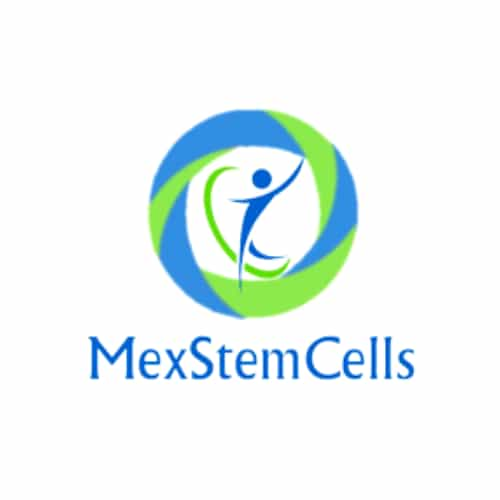
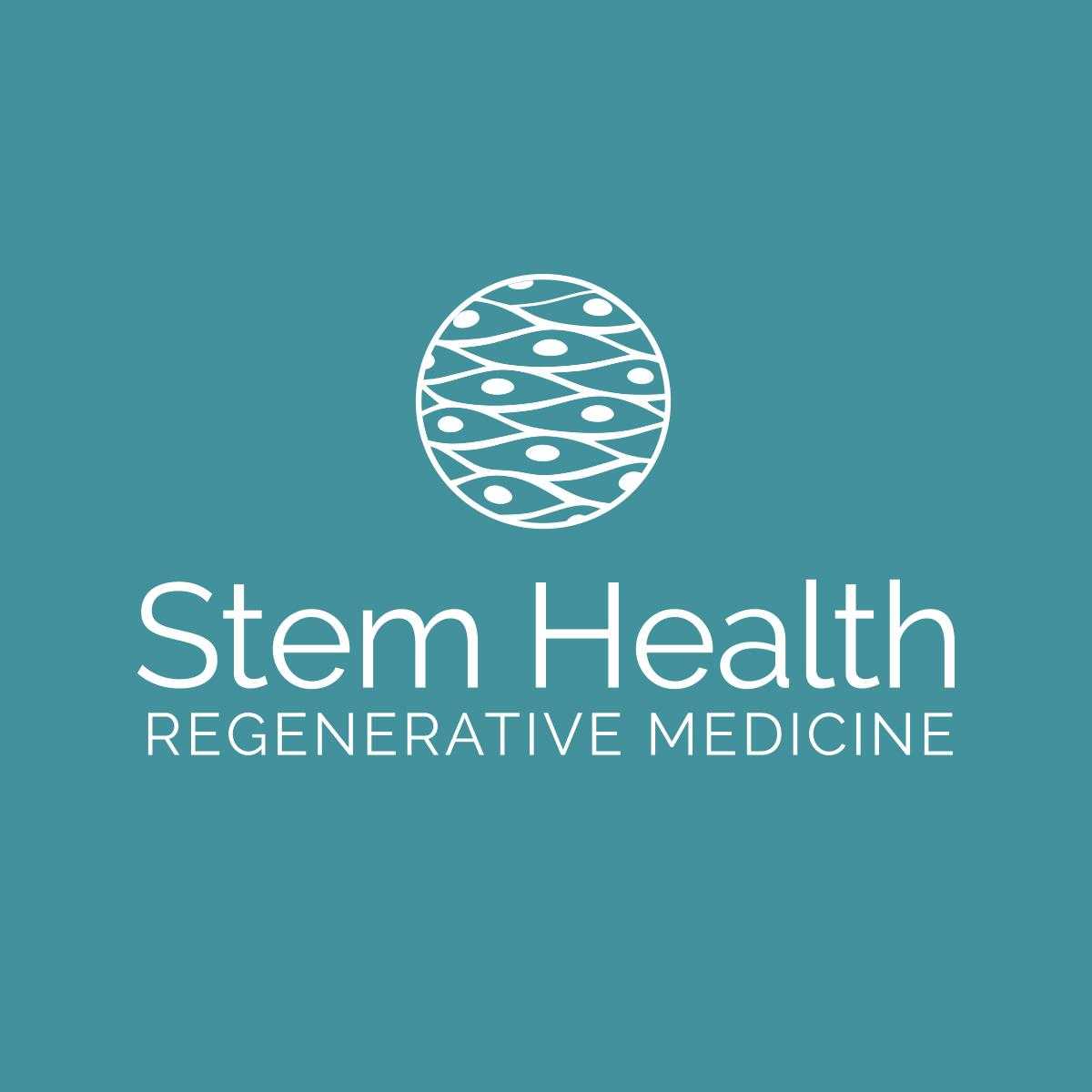
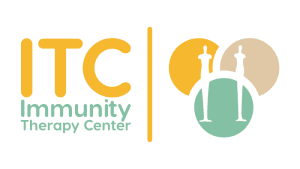
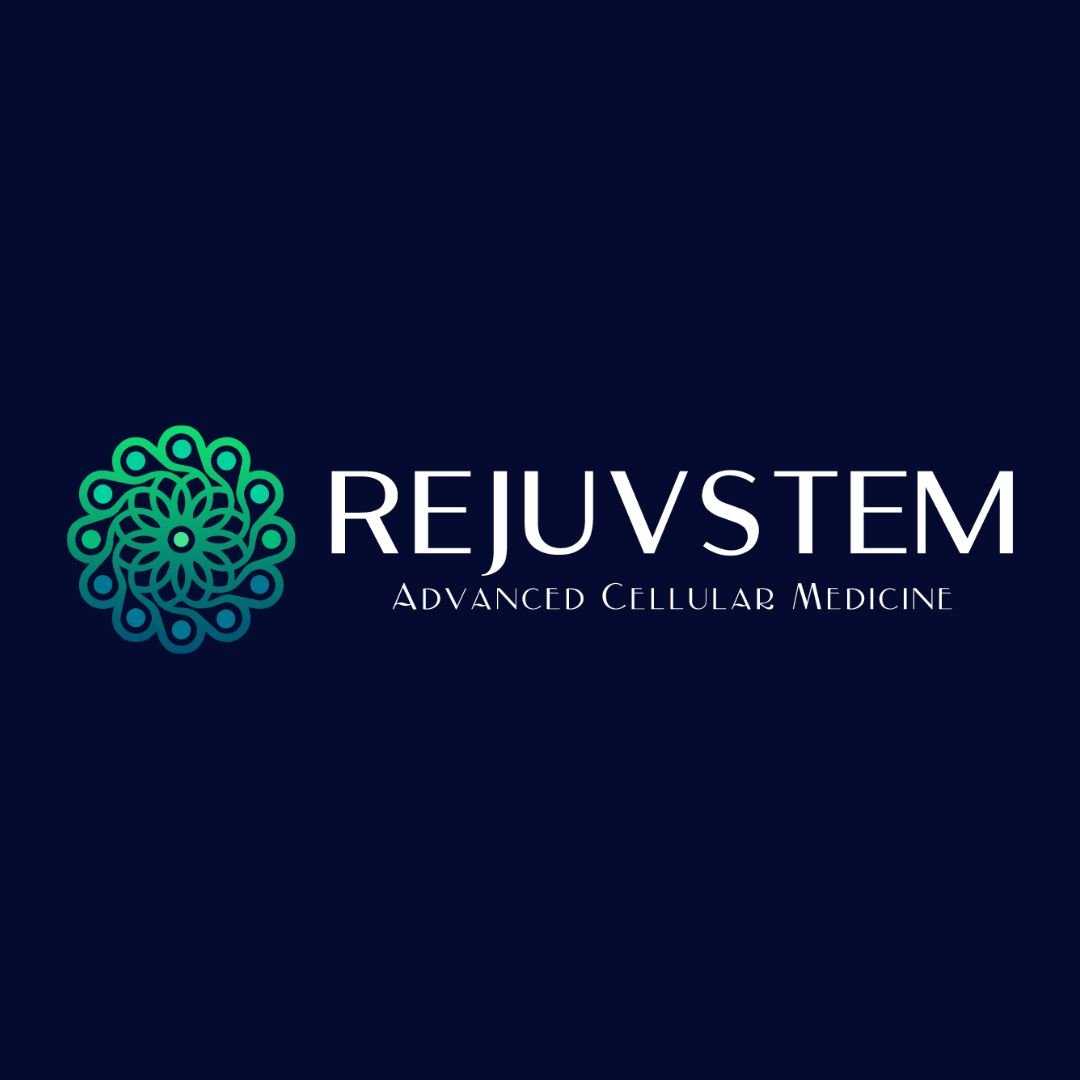
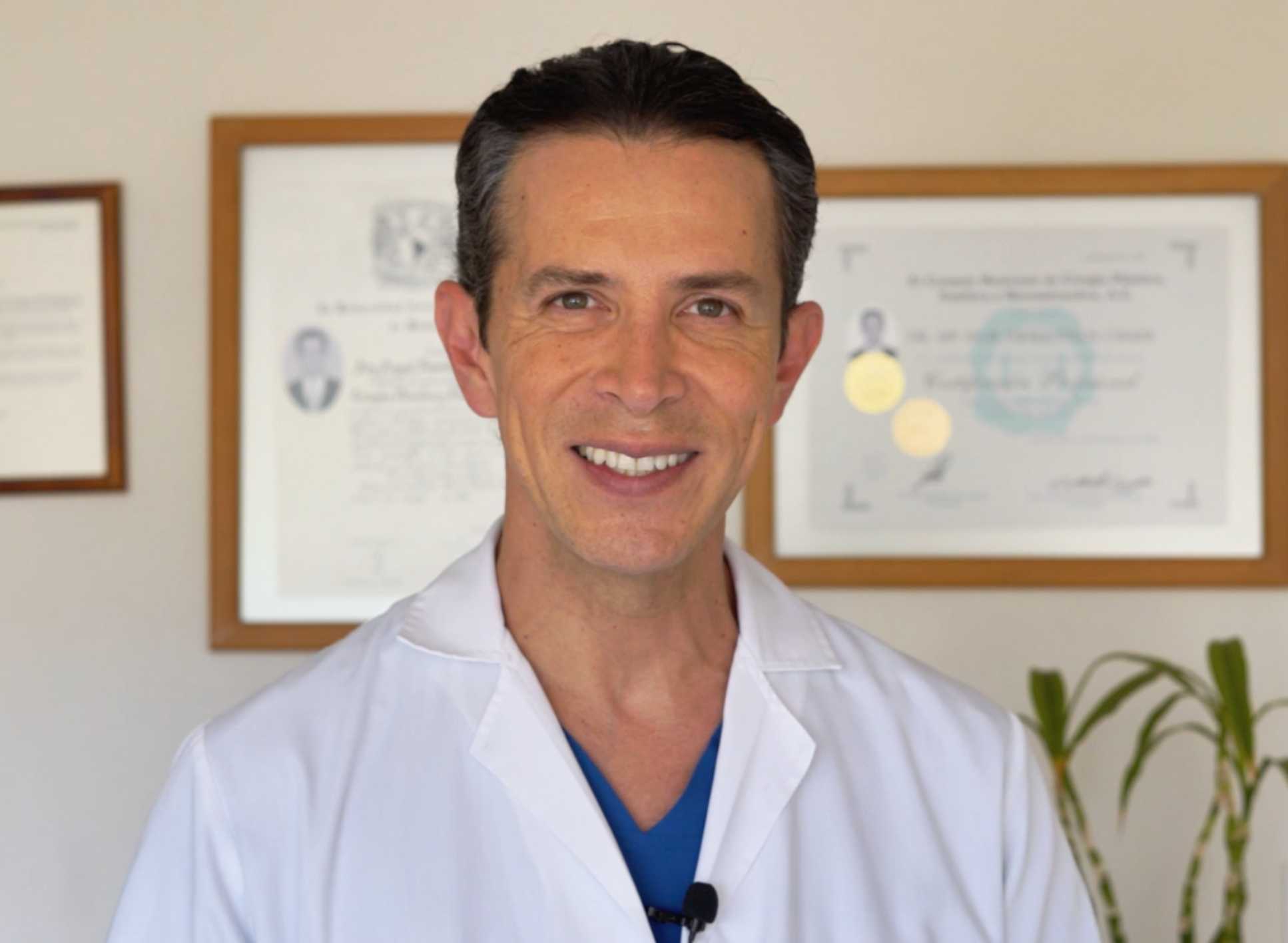

Share this listing